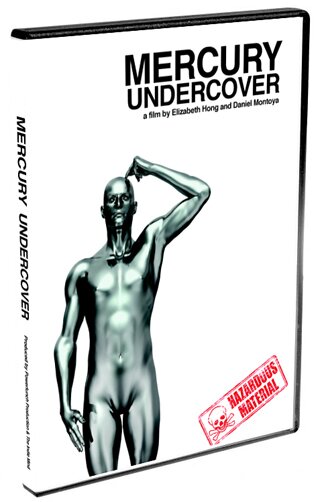In January 2008, Norway and Sweden totally banned mercury fillings. In April 2008, Denmark banned mercury fillings. Norwegian Minister of the Environment Erik Solheim said, “Mercury is among the most dangerous environmental toxins.” (2) You might think that the US Environmental Protection Agency, which restricts most forms of heavy metal pollution, would be concerned since they are very concerned about mercury toxicity from incinerators and coal-fired power plants. EPA lists the symptoms of mercury poisoning: “tremors; emotional changes (e.g., mood swings, irritability, nervousness, excessive shyness); insomnia; neuromuscular changes (such as weakness, muscle atrophy, twitching); headaches; disturbances in sensations; changes in nerve responses; performance deficits on tests of cognitive function.” These detrimental effects are worst “particularly in warm or poorly-ventilated indoor spaces.” The human body is warm. A closed mouth is a poorly-ventilated indoor space. In spite of all this, EPA does nothing to control the level of mercury in your teeth because “dental amalgams are considered medical devices and are regulated by U.S. Food and Drug Administration.” And the FDA? FDA claims that their “advisory panel believed that there was not enough information to answer this question. Some other countries follow a ‘precautionary principle’ and avoid the use of dental amalgam in pregnant women.” But FDA is grossly misrepresenting the problem. Three western countries have entirely banned mercury amalgams, period. For everyone and every age. Make no mistake about it: FDA has both the specific responsibility and the authority to restrict amalgam fillings. If there were mercury in other medical devices, such as artificial heart valves or hip prostheses, they would be instantly banned. FDA has the power to stop the use of mercury fillings today.
About the author
Powerlunch Production is about telling stories with meaningful meaning. since we started, we’ve been busy creating films and short factual content.










